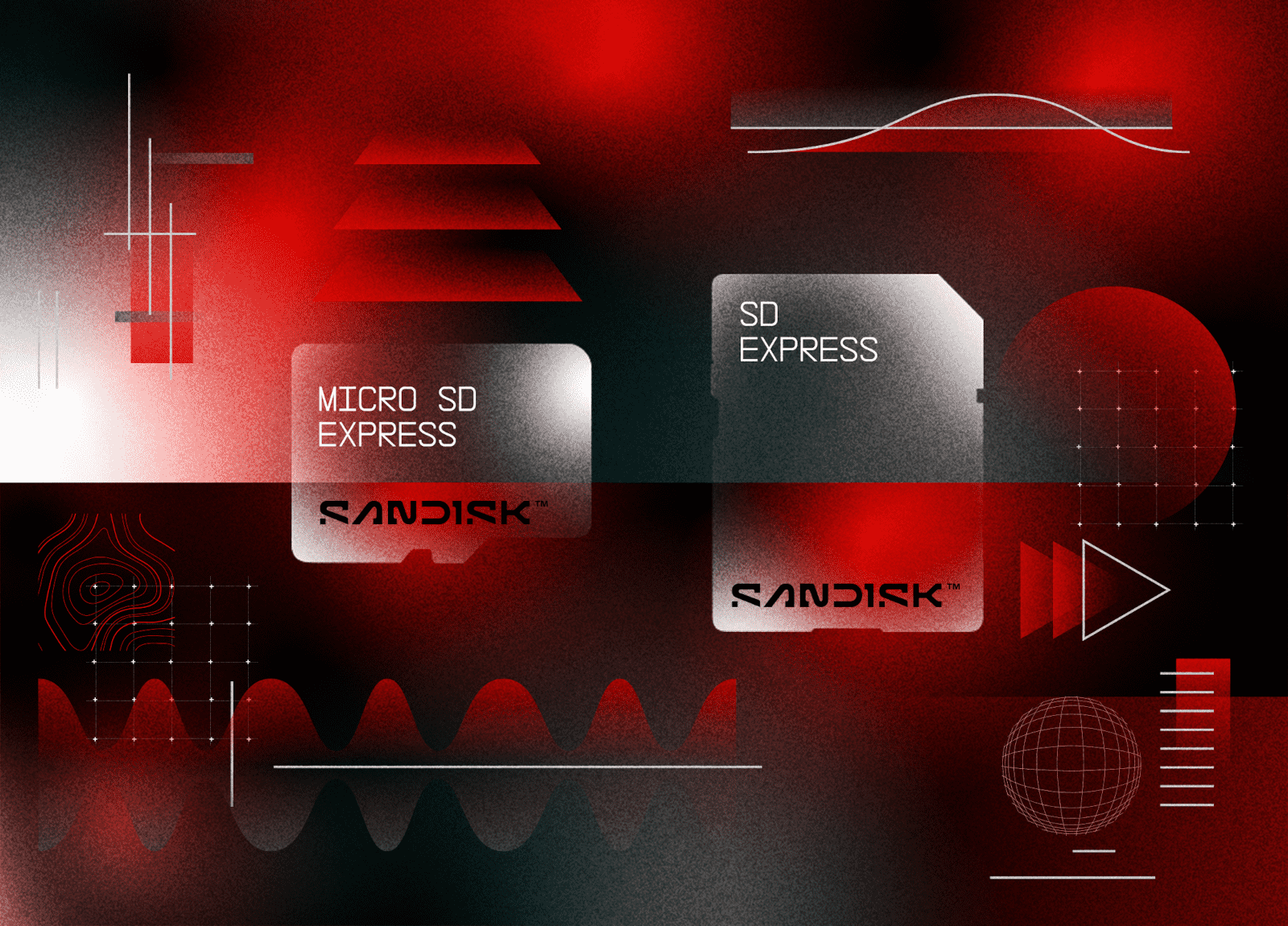The SD card is in its 25th year as a staple for mobile devices. Throughout its history, it has powered the expansive growth of new devices and technologies with unprecedented levels of scale in capacity and performance.
Read our earlier article on the SD card’s first 25 years and how it was created.
In 2015, the SD card held a dominant position in the mobile storage market, but its future was far from certain.
For years, SD cards evolved through incremental improvements in flash memory density and controller efficiencies, steadily expanding their capabilities. Traditional standards were a success story, establishing the SD format’s dominance. However, UHS-I and UHS-II were also approaching a performance wall, topping out at 100 MB/s and 300 MB/s, respectively.
Since the early days of the SD card, the storage market has evolved rapidly. Phones, laptops, and other devices using embedded memory have been experiencing exponential performance growth, signaling that the next chapter of removable storage would require a fundamentally different approach.
"It became very clear and evident that we needed something faster and something that is scalable in terms of performance," recalled Jeff Tsujimoto, Sandisk director of product management, consumer products, and former SD Association board member.
In 2005, a 2GB SD card was revolutionary. A decade later, a single high-res video or a few photos could consume that capacity with ease. In addition, the use of cards evolved as they became more capable. Memory was no longer just a passive technology component; it had assumed a new role as a performance-critical enabler.
Seeing this uncertain future on the horizon, a cohort of engineers at Sandisk began to examine the technology and challenge themselves to design a new standard that would drive SD cards to new levels of performance and capacity.
When announced in 2018, the SD Express standard was characterized as a “quantum leap” not only in capacity but also in performance. The road getting there, however, was not quite a straightforward path. The breakthrough would come from abandoning incremental improvements entirely and embracing a fundamentally different approach to SD card architecture.
